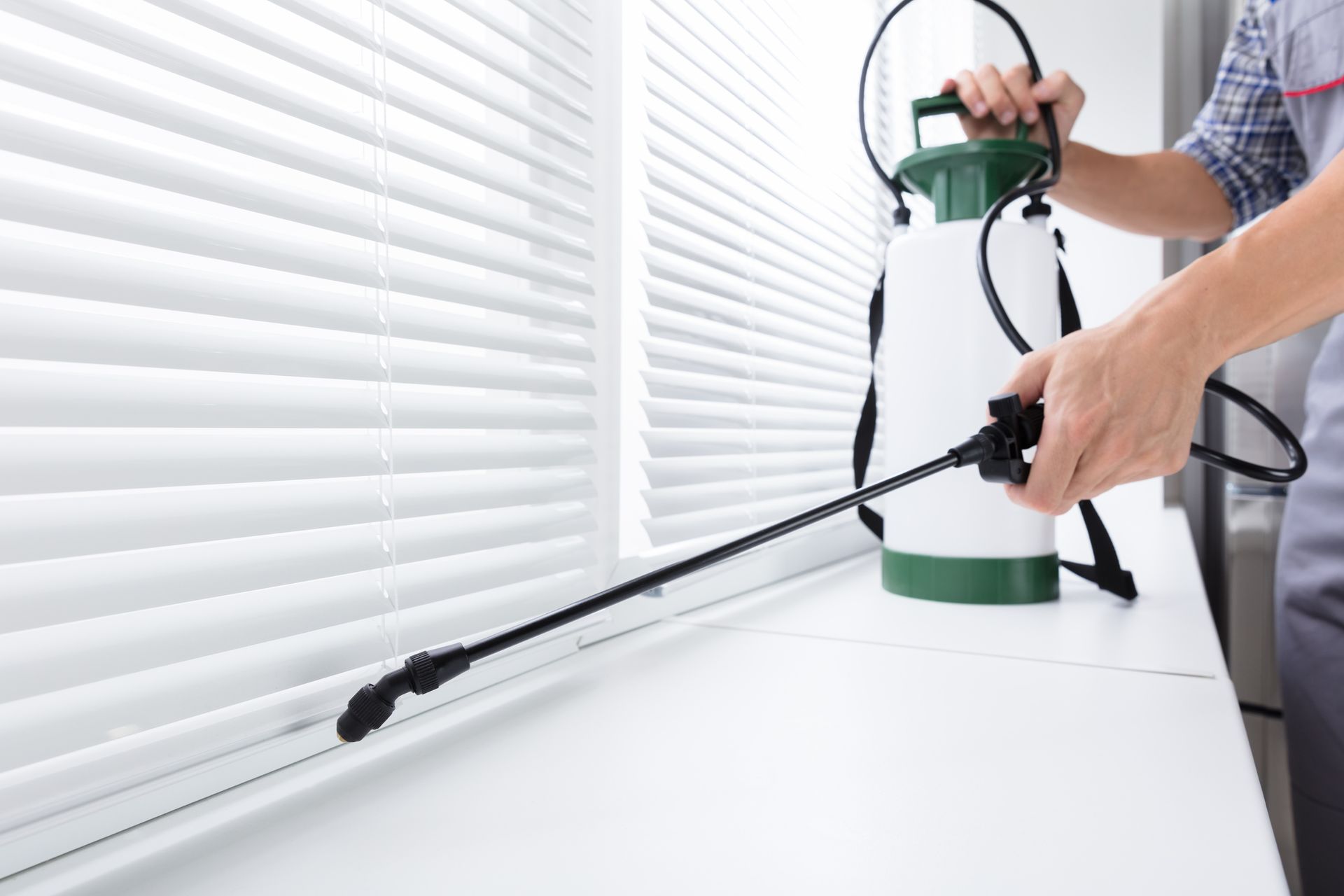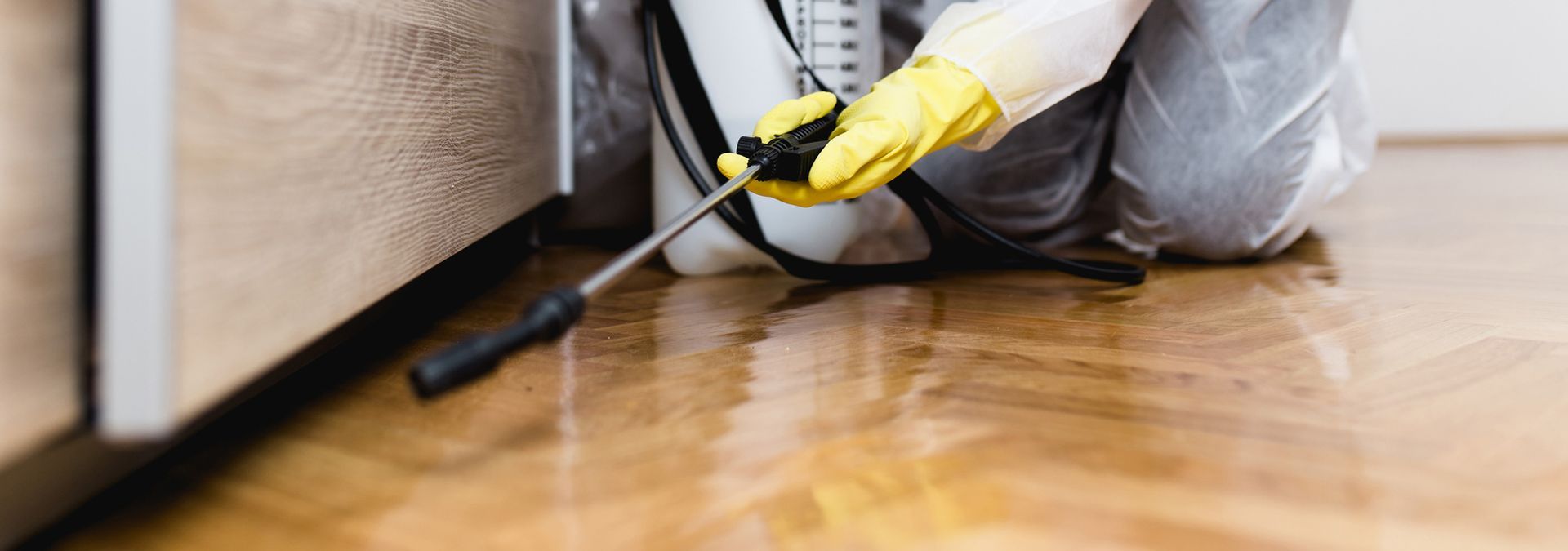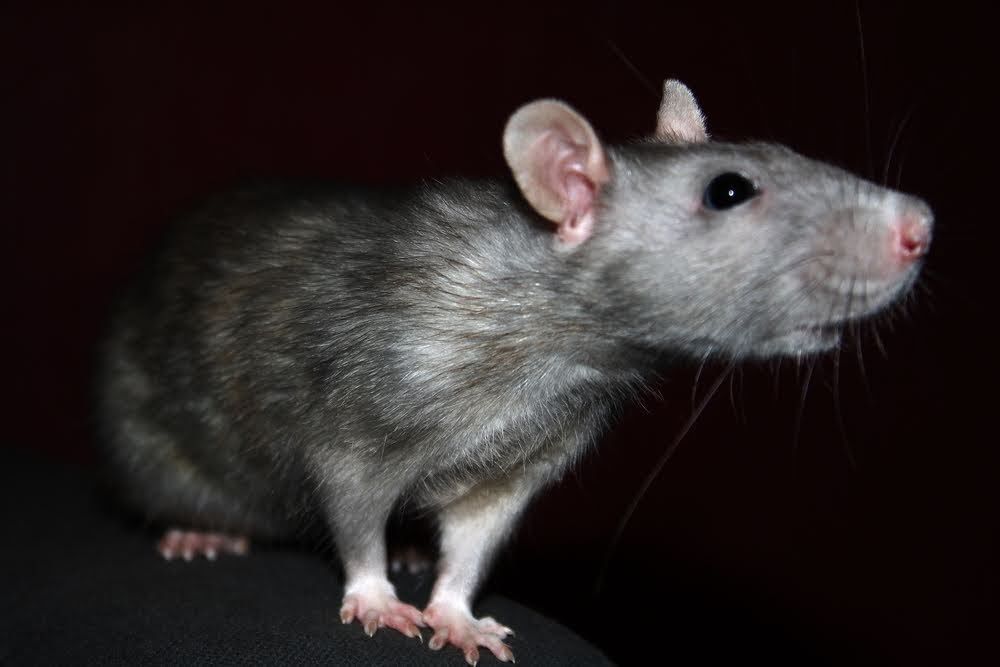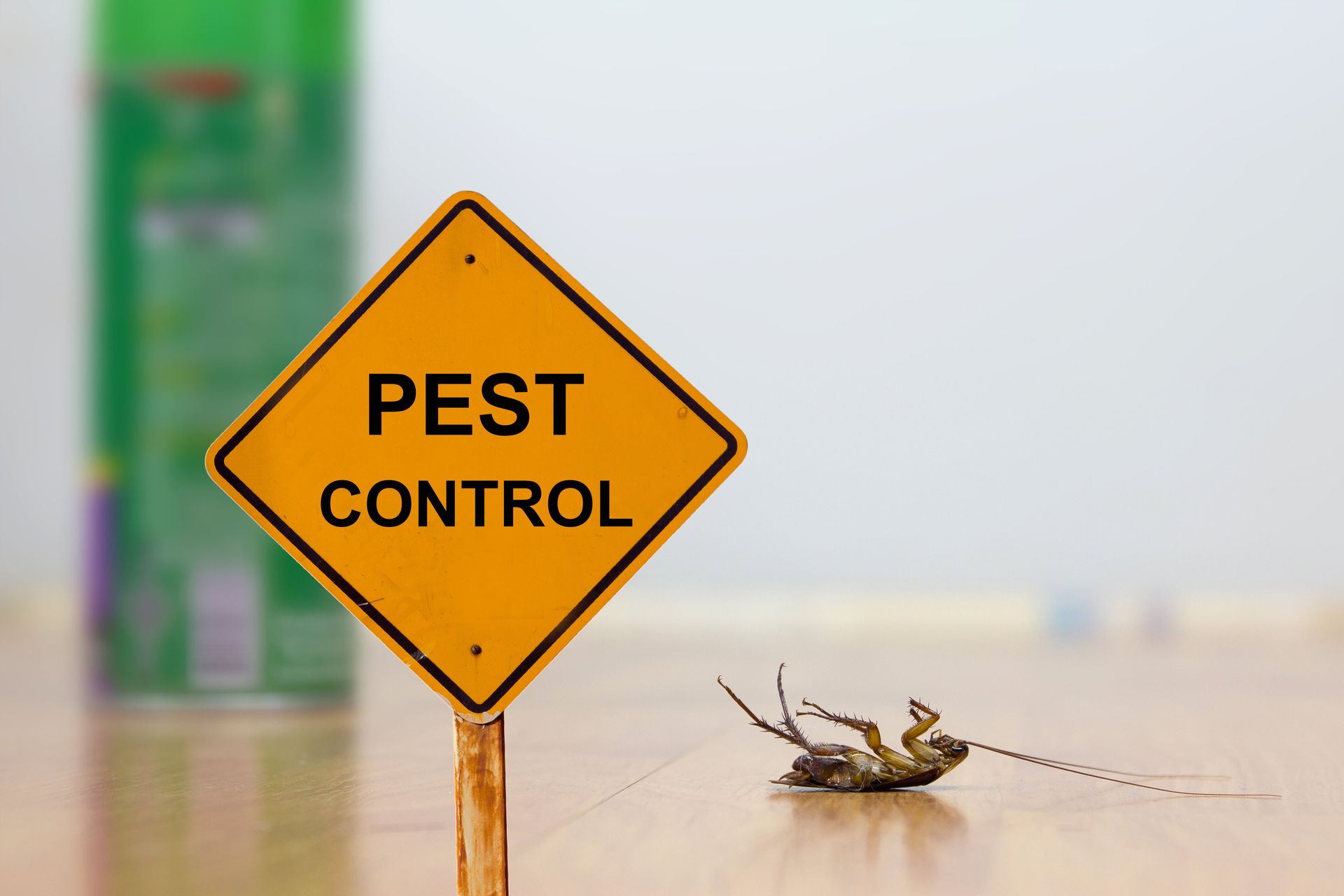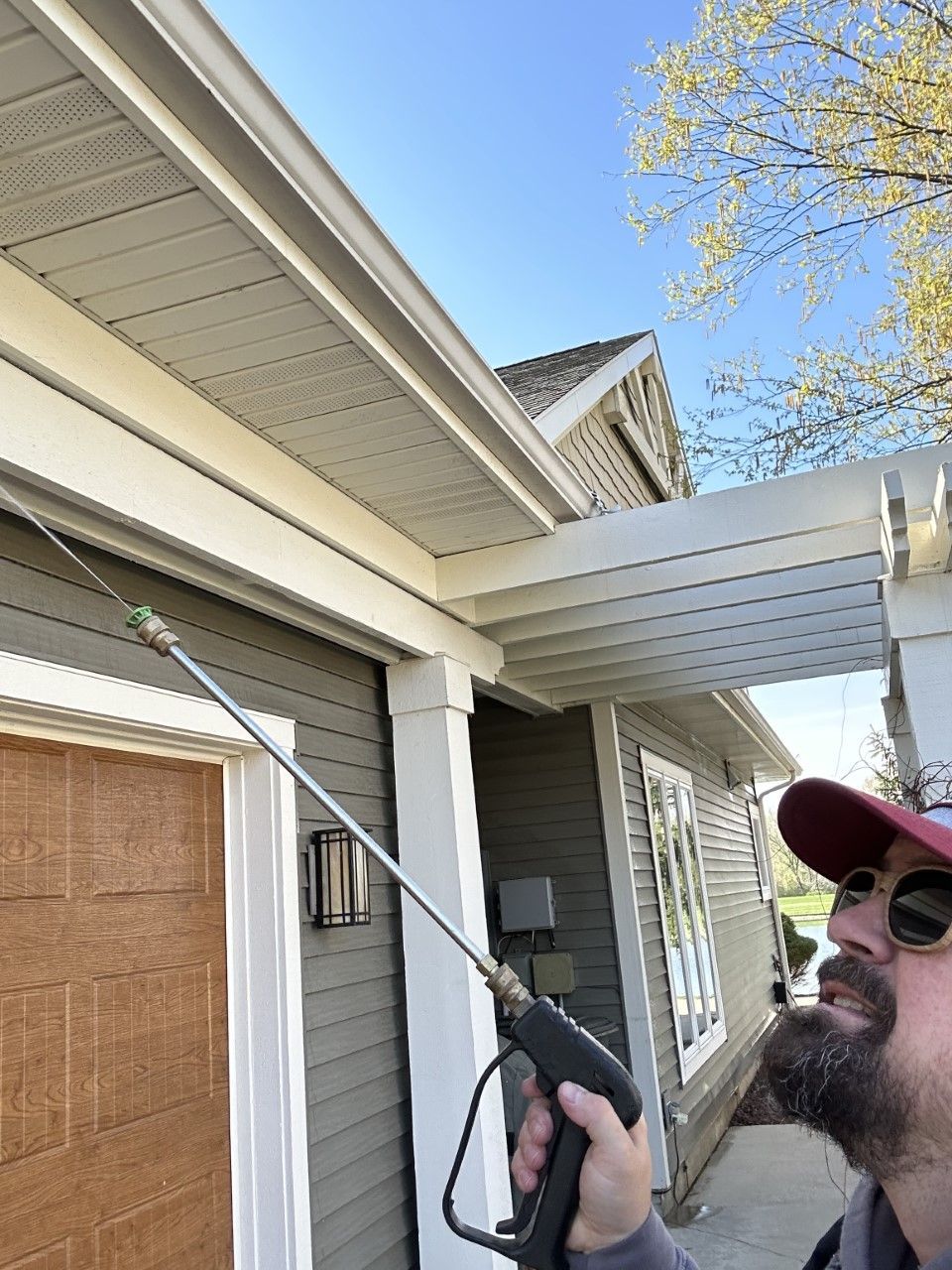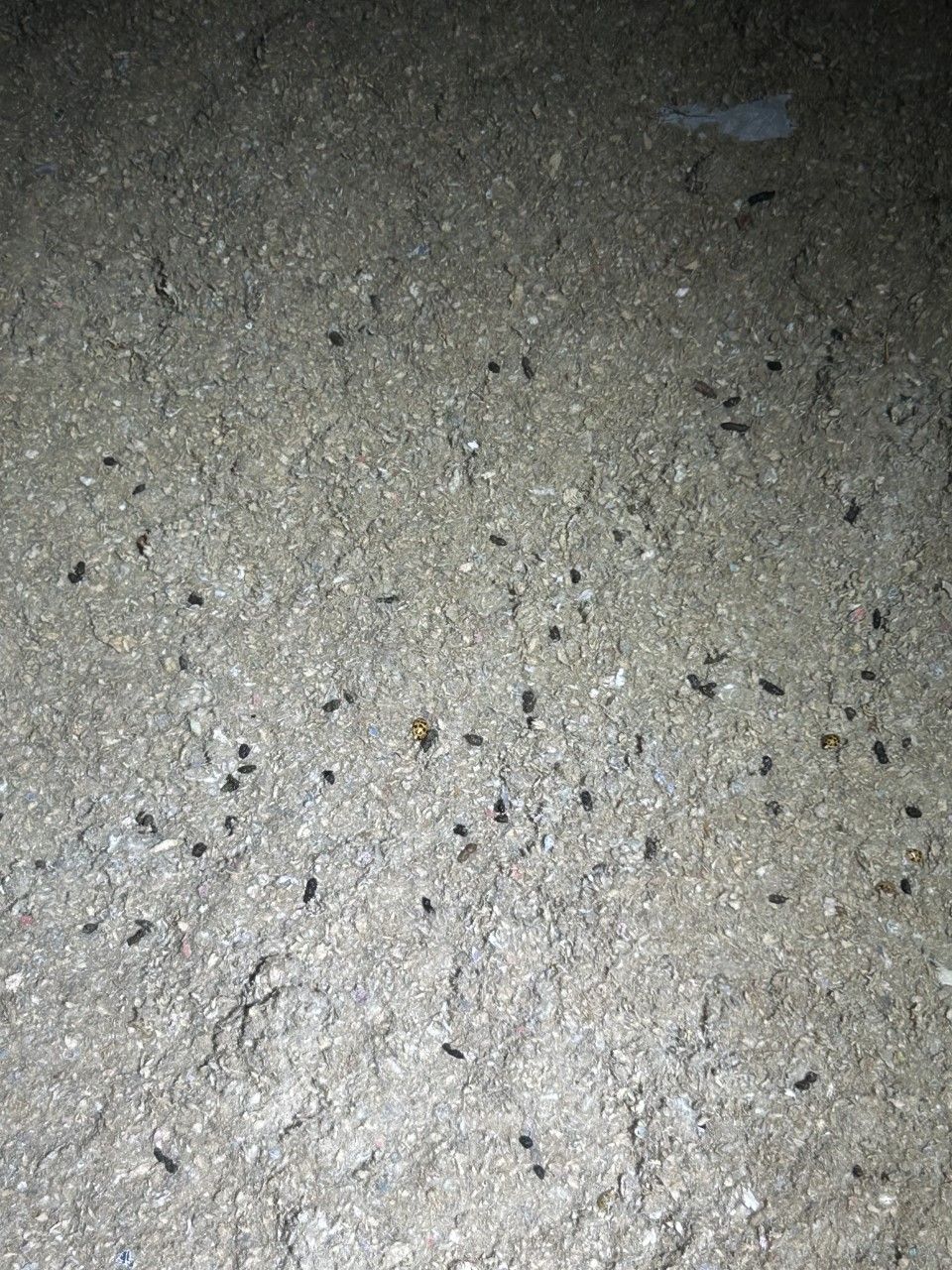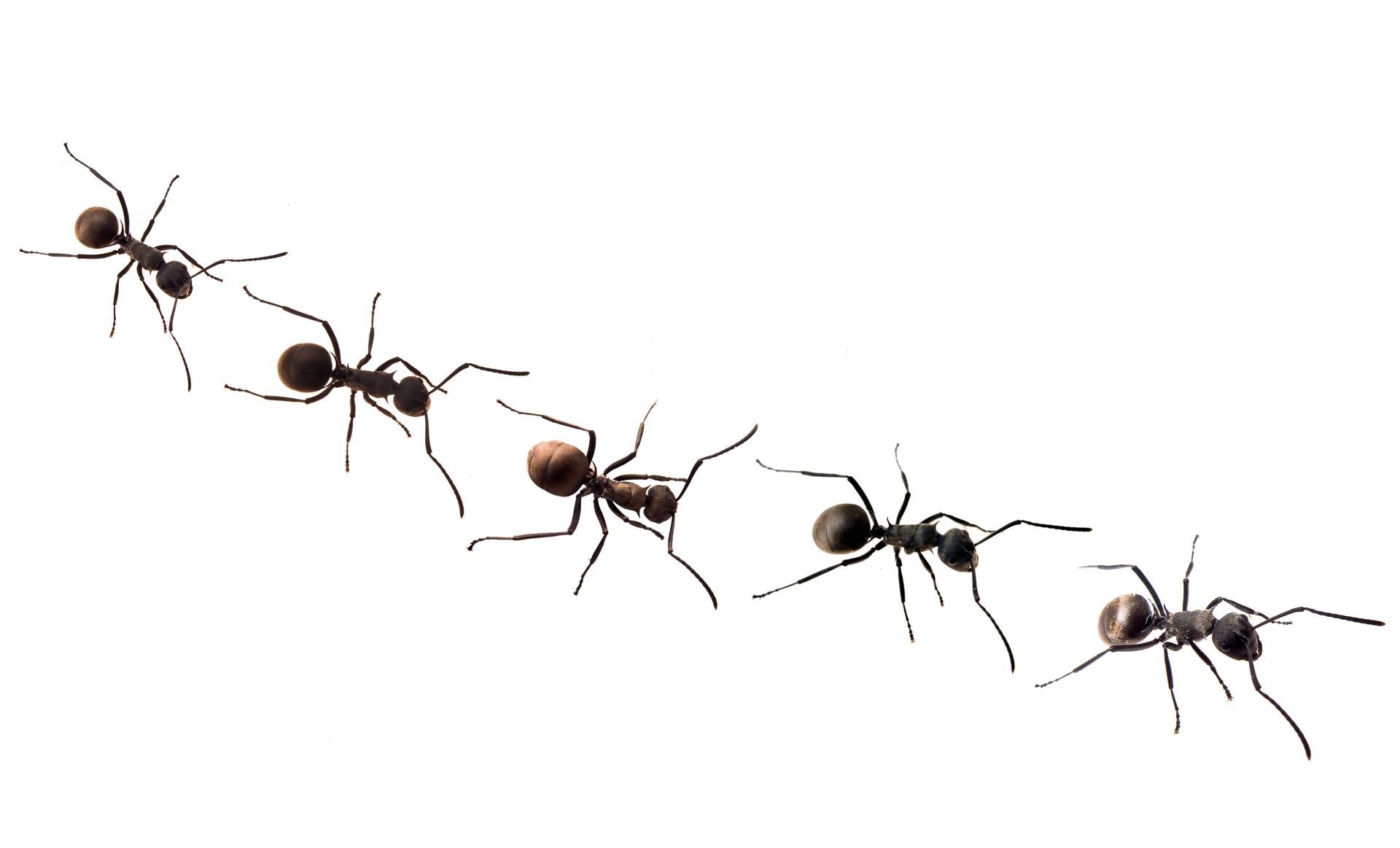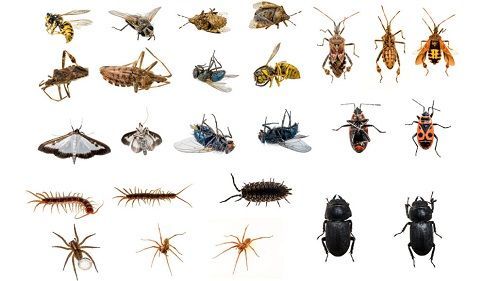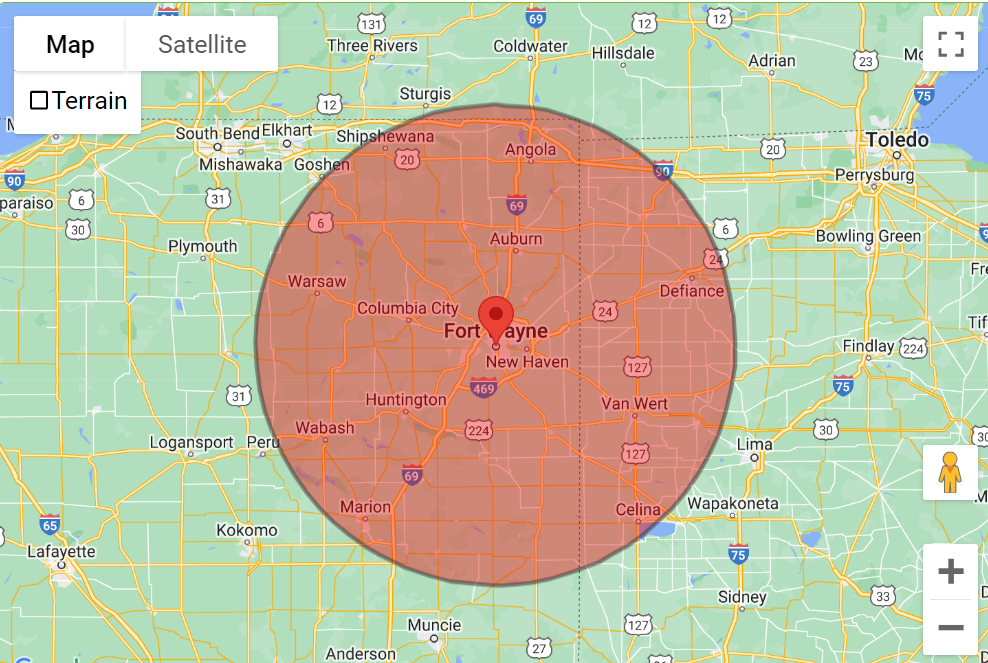3 Unlikely Places To Check for a Rodent Infestation
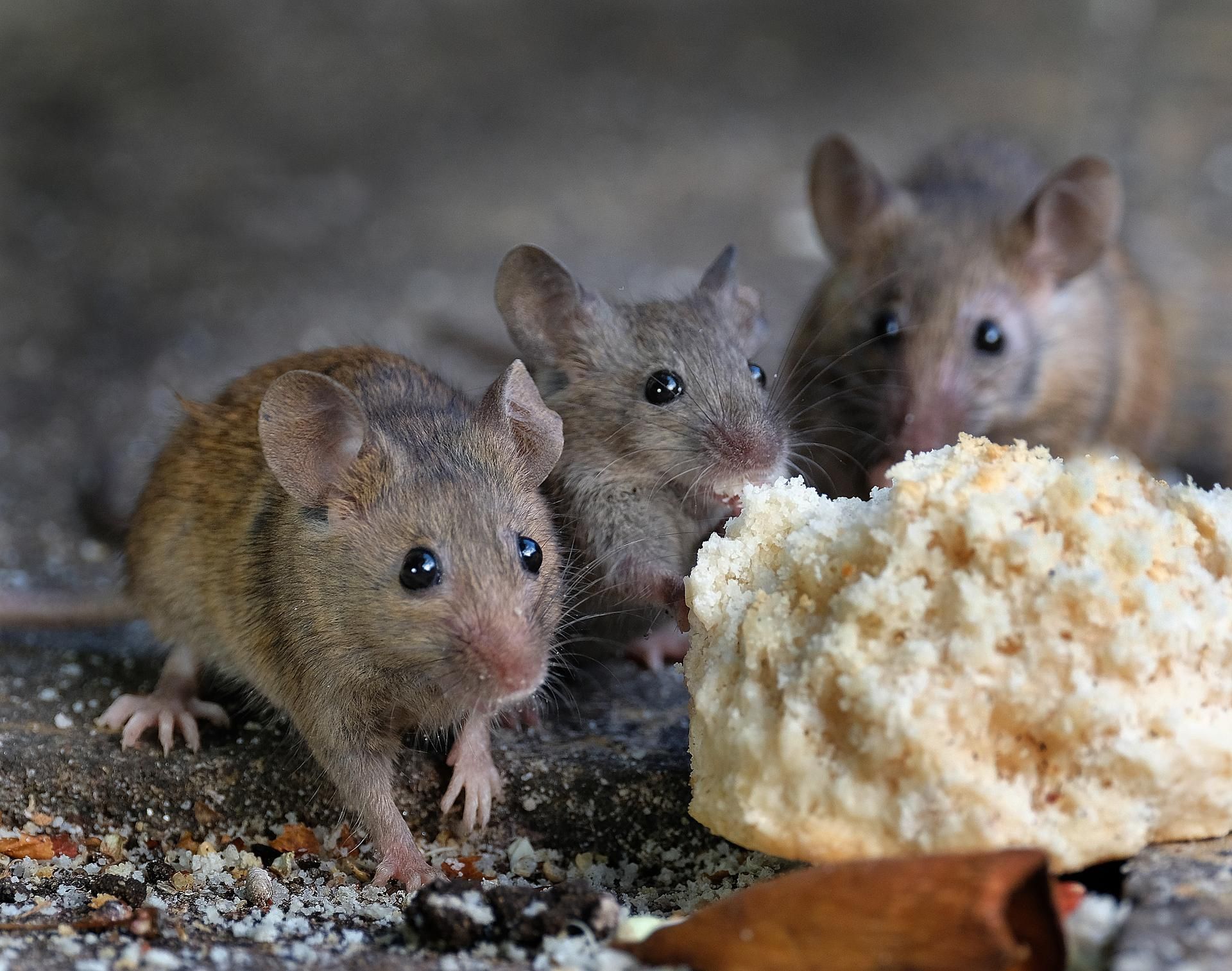
Rodents can indeed be a nightmare once they invade your home. They can leave a trail of destruction behind them, like chewing up electrical wires, eating your food, and leaving their droppings everywhere. You may know of a few obvious places to look for rodents, but rodents can hide in some unexpected areas that you might not have thought of before.
Here are three rodent hotspots to check if you suspect there is an infestation in your home.
1. Attics
The attic is a hidden hotspot for rodent infestations primarily due to its quiet, undisturbed nature. It provides the perfect breeding ground for these pests that are attracted to dark, warm, and dry spaces.
The attic is also one of the least frequented areas of a home, allowing rodents to nest and multiply without disruption. The abundance of stored items, such as boxes, old furniture, or seasonal decorations, also offers an ideal habitat with many places to hide, nest, and find material for building nests.
Moreover, attics often harbor unseen entry points for these critters. Small cracks, crevices, and openings, often left unnoticed by homeowners, can serve as gateways for rodents. These pests are expert climbers and can squeeze through remarkably small holes, even in seemingly solid walls and ceilings.
Insulation materials in the attic also attract rodents as they provide a warm, comfortable environment, especially during colder months. They can easily enter through small cracks or gaps in the insulation and stay hidden for long periods before you notice their presence.
2. Chimneys
Like attics, chimneys are an unlikely but common spot for rodent infestation. This is typically because a chimney is an excellent entry point for these creatures.
Because rodents are excellent climbers, the rough brick texture provides an easy grip for them to scale up or down. Once inside, the chimney offers a secluded, warm, and safe shelter, especially during cold weather when they're searching for heat. A chimney's sooty, dark environment resembles a rodent's natural habitat, which makes them feel right at home.
In addition to being a good entry point and shelter, chimneys are attractive to rodents because they often lead directly to the home's interior. If the chimney flue isn't properly secured, rodents can gain access to your living areas. They'll then infest your house, causing destruction and potential health risks due to the droppings they leave behind.
In some cases, an unused or blocked chimney offers an undisturbed setting for these pests to nest and multiply, turning it into a significant hotspot for infestation. This is why regularly checking chimneys for signs of rodent activity is crucial in preventing a full-blown infestation.
3. Basements
Most people don't think of their basement as a potential spot for rodents, but it can be a haven for these pests. Like the attic, basements are dark, quiet spaces with low human activity and abundant cluttered items.
Basement walls are also made up of materials that easily crumble or have small cracks, which provide easy access for rodents to enter and build their nests. Additionally, plumbing pipes and utility lines often run through basements, creating gaps and openings that rodents can use to move around the house without being seen.
The basement also tends to be more humid than other areas of the home, making it an attractive location for rodents seeking moisture. Damp corners, water leaks, or even a poorly ventilated laundry room can create the perfect environment for these pests to thrive.
Hopefully, this guide has given you a better understanding of the less obvious places where these pests can hide and how to prevent them from turning your home into their own. Remember, rodents are resourceful creatures that take advantage of any opportunity they find. Talk to us at DeadOne Pest Control for expert advice and reliable pest control services to keep your home rodent-free.

